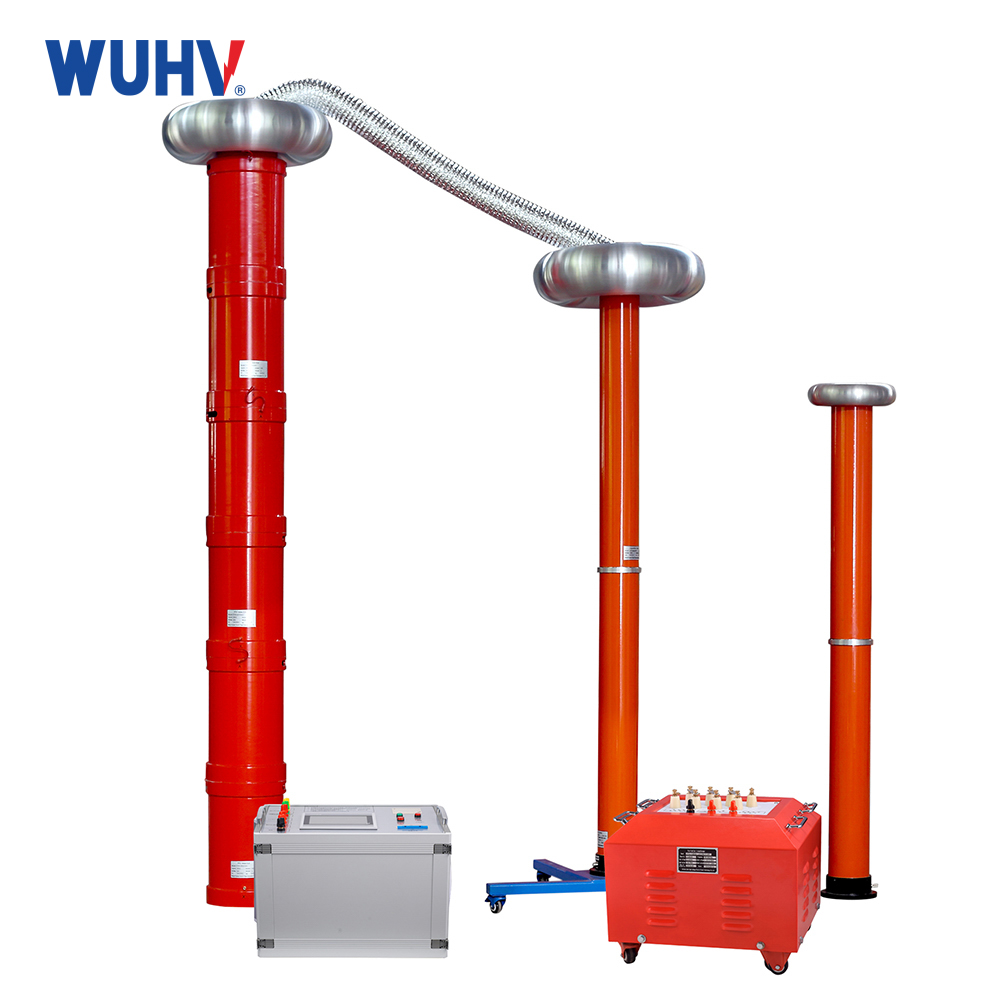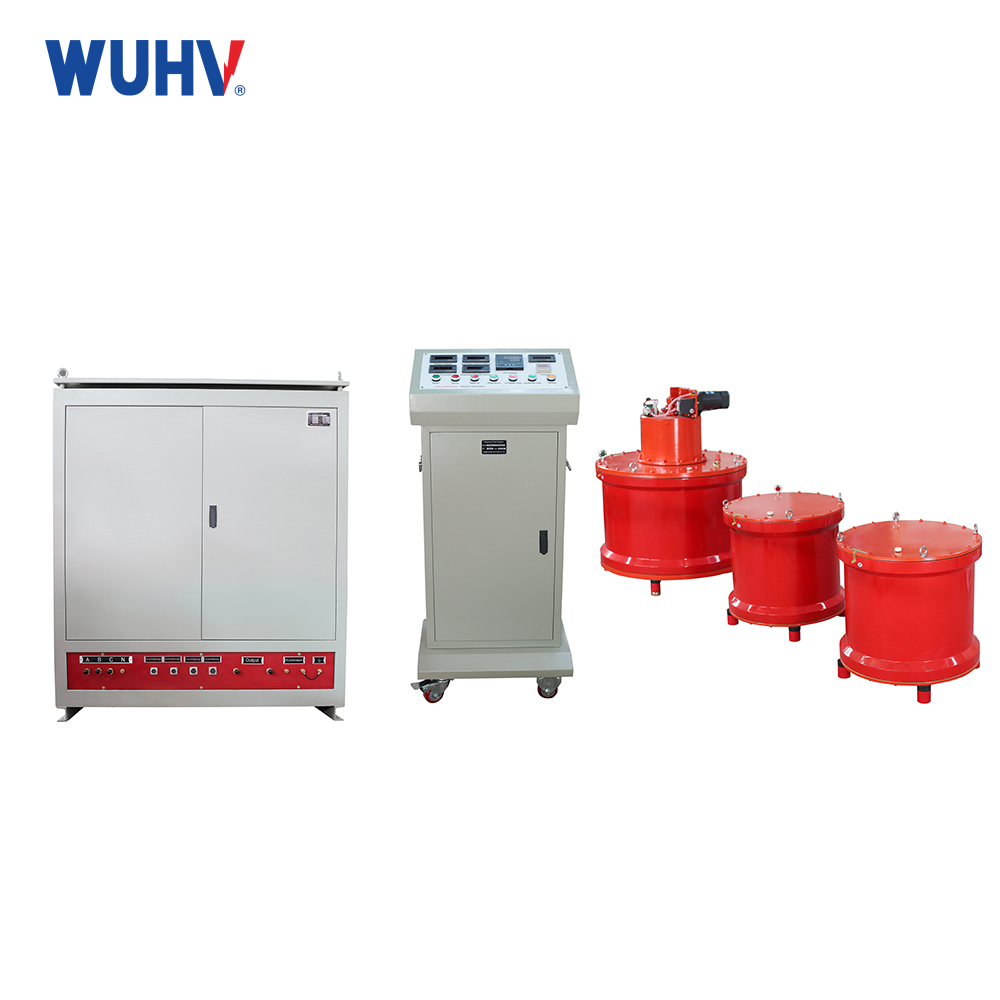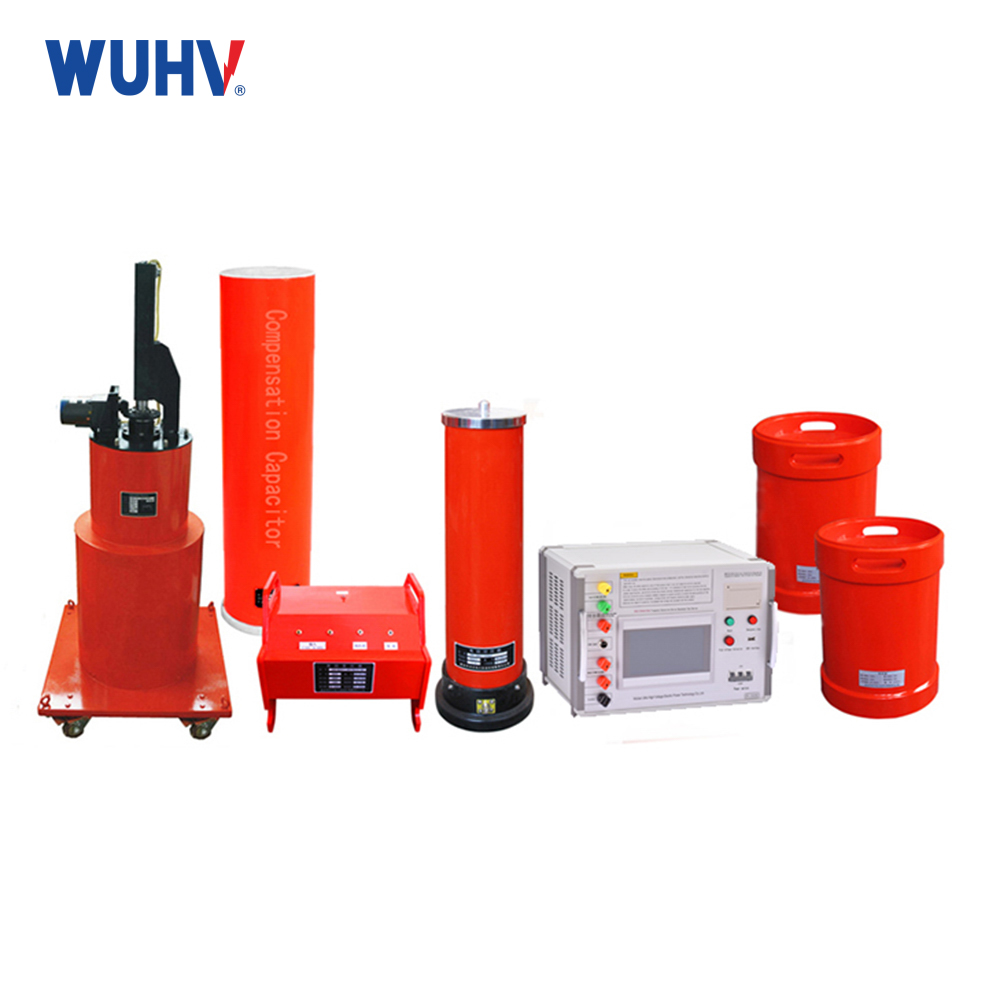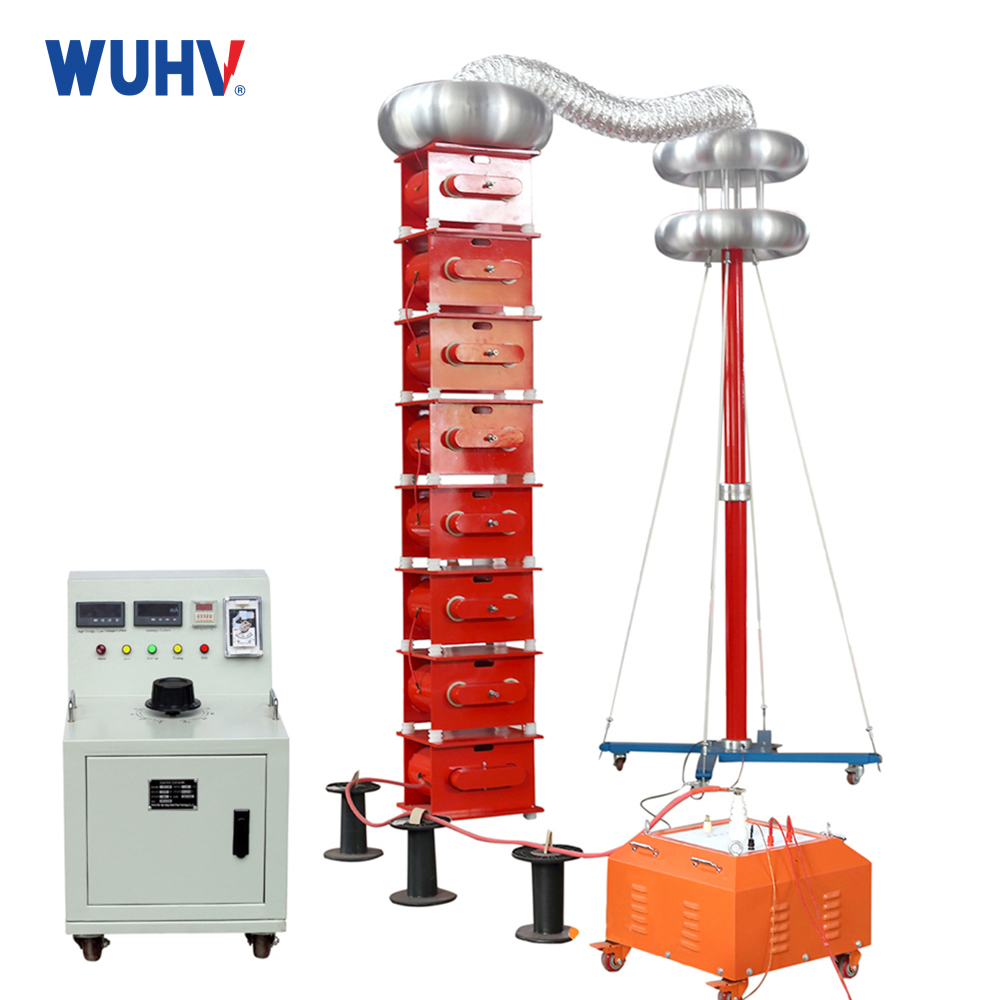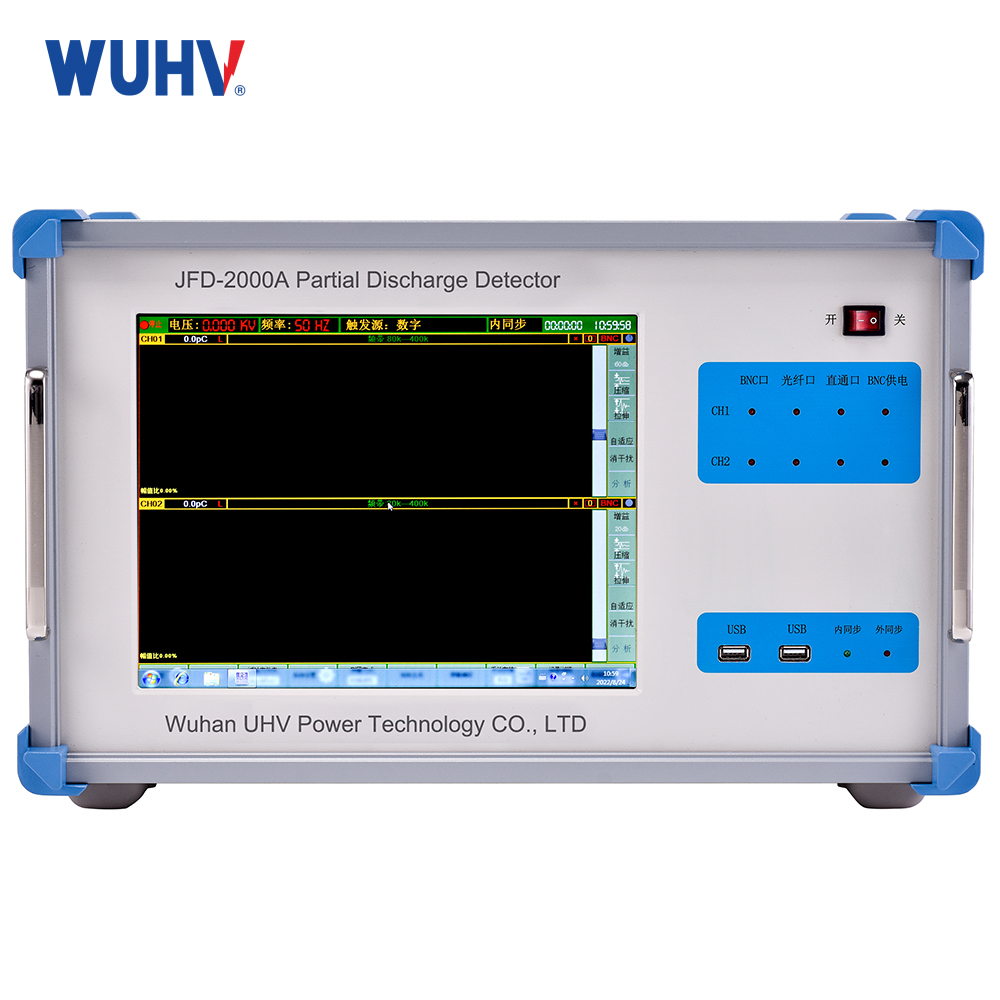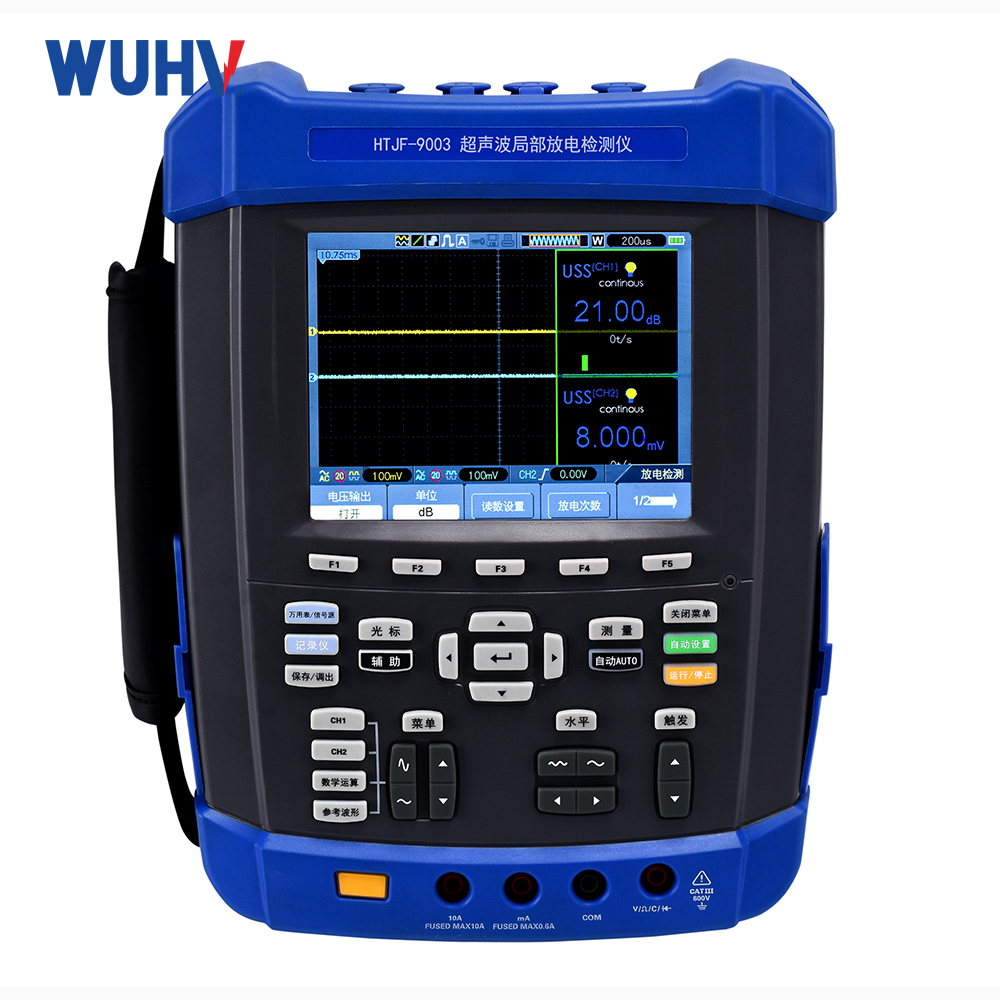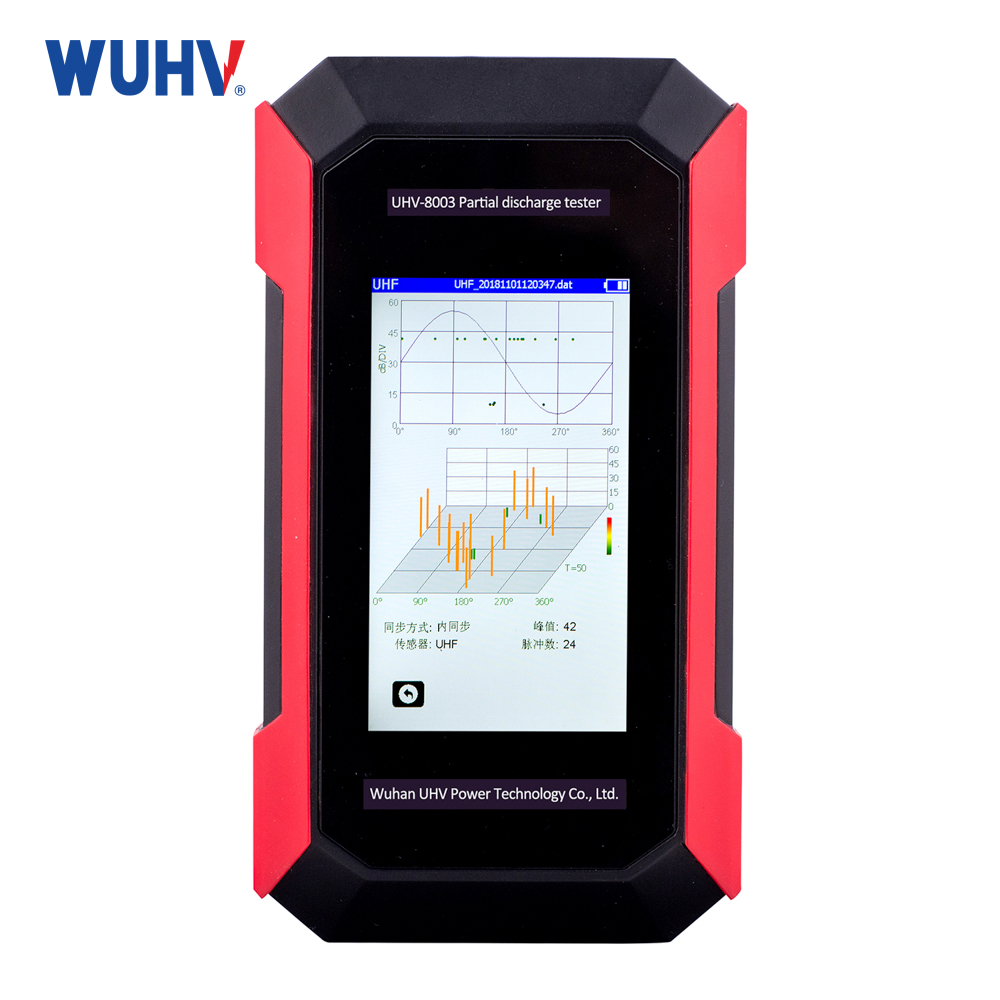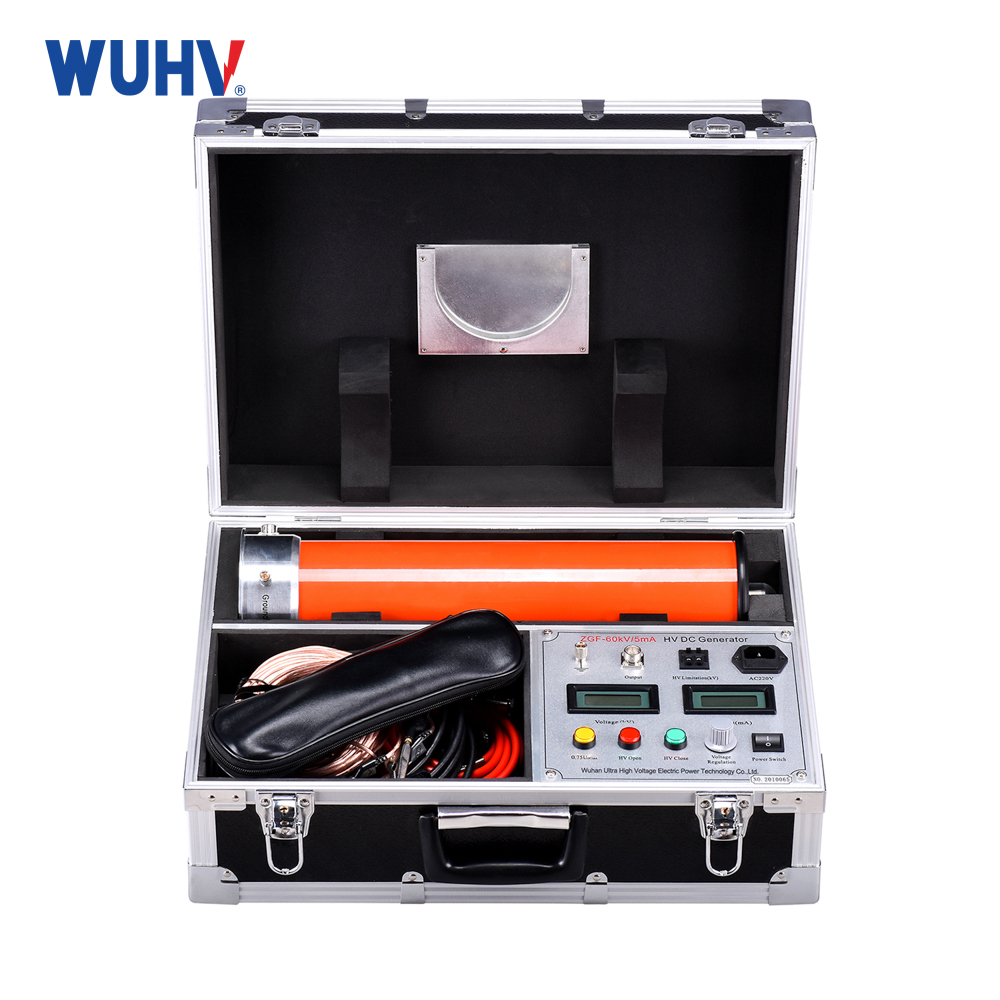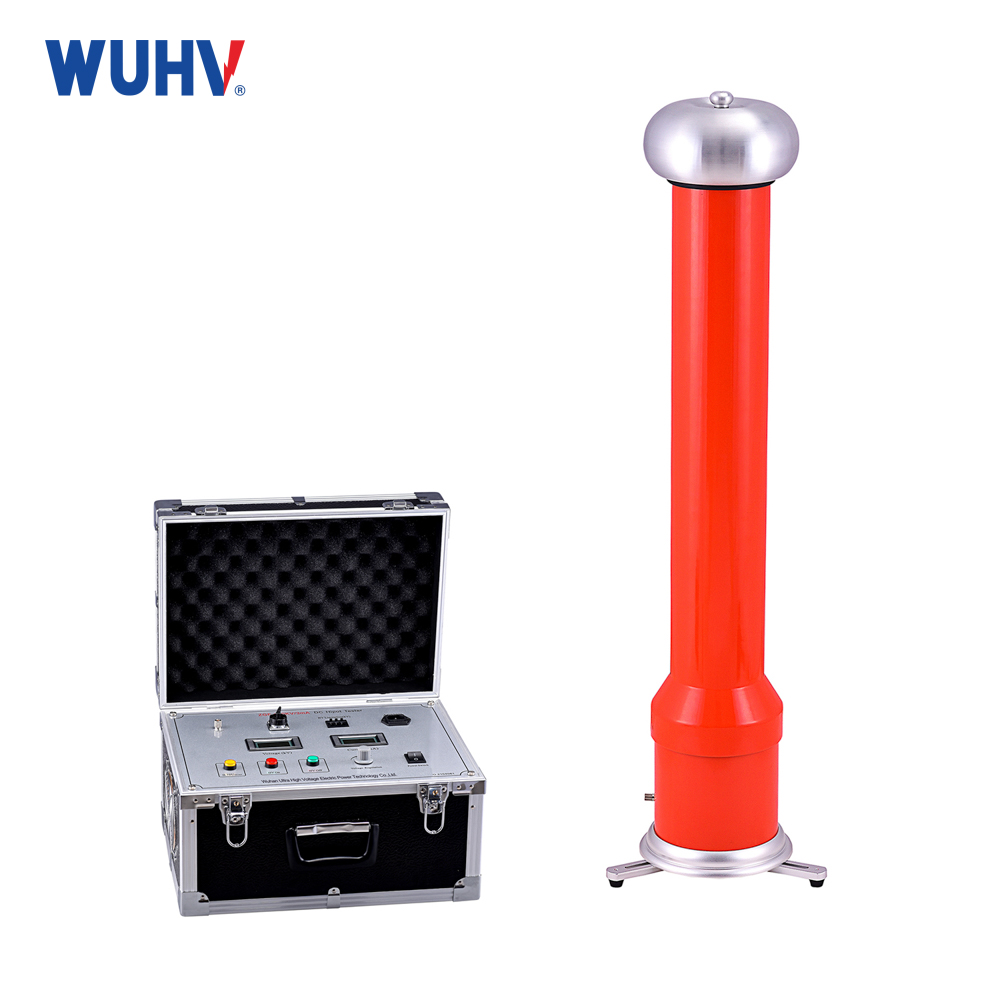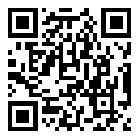Calculation ofseries resonance? Wuhan UHV specializes in the production of series resonance, with a wide range of product selection and professional electrical testing. To findseries resonance, choose Wuhan UHV.
In circuits containing capacitors and inductors, if capacitors and inductors are connected in parallel, it may occur within a small period of time: the voltage of the capacitor gradually increases while the current gradually decreases; At the same time, the current of the inductor gradually increases, while the voltage of the inductor gradually decreases. And in another very short period of time: the voltage of the capacitor gradually decreases, while the current gradually increases; At the same time, the current of the inductor gradually decreases, while the voltage of the inductor gradually increases. The increase of voltage can reach a positive maximum value, and the decrease of voltage can also reach a negative maximum value. Similarly, the direction of current will also change in the positive and negative directions during this process, which is called electrical oscillation in the circuit. A capacitor and an inductor are connected in series, the capacitor discharges, the inductor begins to have a reverse recoil current, and the inductor charges; When the voltage of the inductor reaches its maximum, the capacitor discharges completely, and then the inductor begins to discharge and the capacitor begins to charge. This reciprocating operation is called resonance. During this process, the inductor generates electromagnetic waves due to continuous charging and discharging. The phenomenon of circuit oscillation may gradually disappear or remain unchanged. When the oscillation persists, we call it equal amplitude oscillation, also known as resonance.
The time during which the voltage of a capacitor or inductor changes by one cycle is called the resonance period, and the reciprocal of the resonance period is called the resonance frequency. The so-called resonant frequency is defined in this way. It is related to the parameters of capacitor C and inductor L, namely: f=1/√ LC.
1 is a series resonant circuit composed of a capacitor C, an inductor L, and a leakage resistance of the capacitor and a line resistance of the inductor R. The complex impedance Z of a circuit is the sum of the complex impedances of three components.
Z=R+jωL+(-j/ωC)=R+j(ωL-1/ωC) ⑴
The resistance R in the above equation is the real part of the complex number, and the difference between the inductive reactance and the capacitive reactance is the imaginary part of the complex number. We call the imaginary part the reactance, represented by X, and ω is the angular frequency of the applied signal. When X=0, the circuit is in a resonant state, where the inductive and capacitive reactance cancel each other out, i.e. the imaginary part in equation ⑴ is zero, resulting in the minimum impedance in the circuit. Therefore, the current is at its maximum, and the circuit is now a purely resistive load circuit, where the voltage and current in the circuit are in phase. When a circuit resonates, its capacitance is equal to its inductance, so the effective voltage across the capacitor and inductor must be equal. The effective voltage across the capacitor is UC=I * 1/ω C=U/ω CR=QU
Quality factor Q=1/ω CR, where I is the total current of the circuit.
The effective value of voltage on the inductor UL=ω LI=ω L * U/R=QU
Quality factor Q=ω L/R
Because UC=UL, Q=1/ω CR=ω L/R
The ratio of the voltage on the capacitor to the external signal voltage U UC/U=(I * 1/ω C)/RI=1/ω CR=Q The ratio of the voltage on the inductor to the external signal voltage U UL/U=ω LI/RI=ω L/R=Q
From the above analysis, it can be seen that the higher the quality factor of the circuit, the higher the voltage on the inductor or capacitor compared to the applied voltage.



